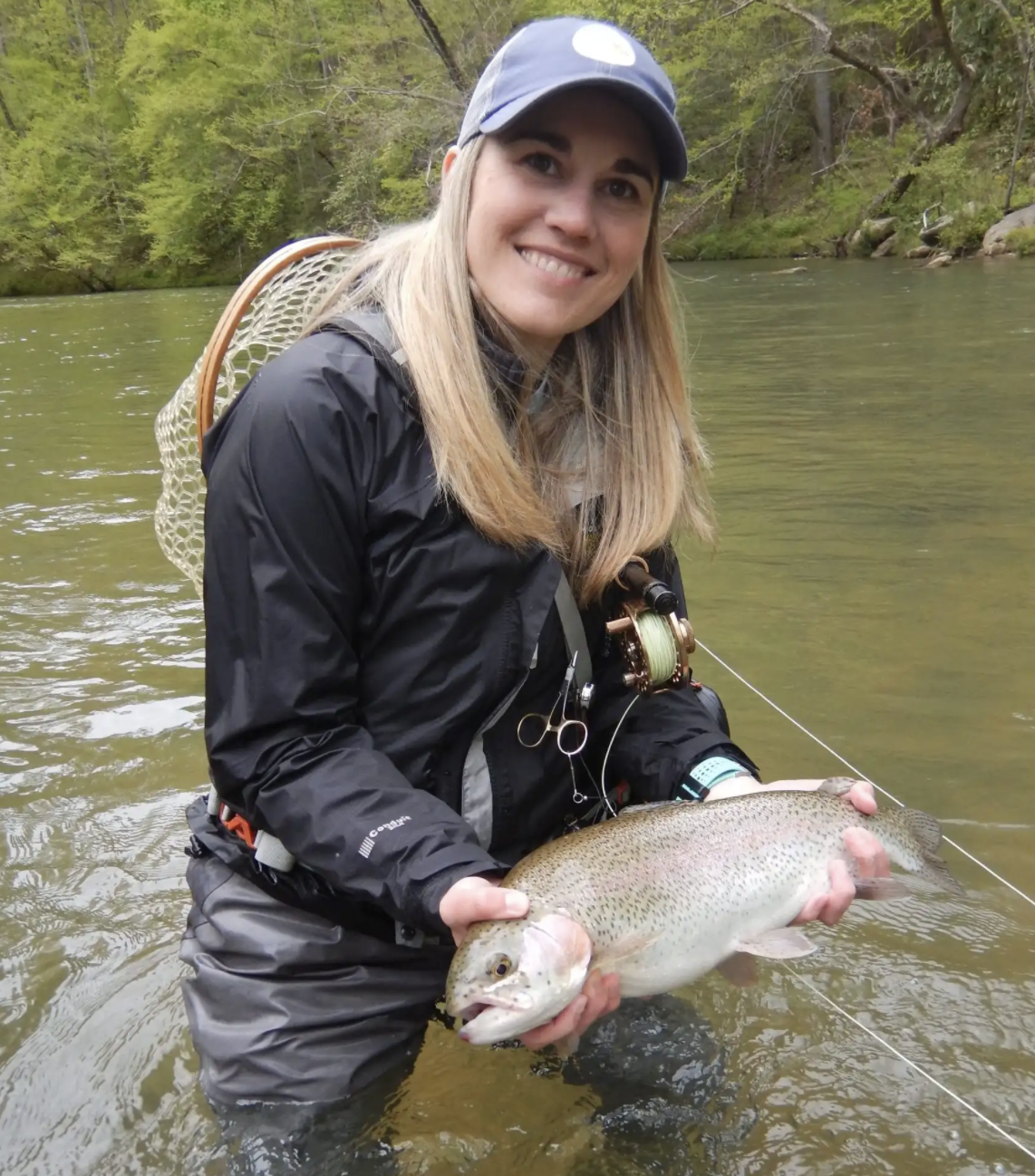
Dogs and the great outdoors seem to go hand in hand. After all, most dogs evolved from wolves.
When you’re hiking with dogs, most seem to revert to their natural roots and forget even the simplest command when excited on the trail. As the owners of two 10-year-old pups, we have had our share of trail mishaps. We have been pulled down hills and watched one dog swim over a small waterfall in his youth. Avoid the common mistakes when hiking with your dog, and follow these seven tips for an enjoyable hiking trip.
Keeping a dog well-behaved while hiking starts with obedience training at home. If you are having trouble teaching your dog the basics, seek out a professional trainer or sign up for a group training class. The more situations your dog learns to be obedient in, the more enjoyable he will be on the hiking trail.
Know The Trail Rules
Before setting out on the hiking trail, know the rules. Some trails require dogs to be on a leash the entire time, while others don’t. For those trails that don’t require a leash, your dog still must be under control. The last thing you want is an upset mother coming to find you because Fido ran ahead of you and scared her kid.
Sit
Make sure your dog will sit in most circumstances. Our young pups became easily distracted when other dogs were around, and no amount of treats would win their attention. To avoid this mistake trailside, practice around other dogs in the park or pet store. Make Fido sit and watch other pets, then reward him for his correct behavior. It will take time and practice, but he will learn.
Come
The command to come is important on the trail if you have a narrow crossing that only the dog handler will fit through or if you find a trail where your dog can be off leash. To train this command at home, have a long rope tied to your pup and say “come.” Reward Fido for coming to you, and if he doesn’t, pull the rope. Practice at varying distances and in different places and, eventually, off leash.
Leave It
This command translates to daily circumstances with our canine companions. Even on walks through the neighborhood, there are items I don’t want my dogs sniffing. Occasionally on the trail, our dogs will find trash and have even been known to retrieve baby diapers. To train this command, start saying “leave it” to items you are walking by and give a little tug on the leash. To challenge your dog, leave a treat on the floor and tell him to leave it.
Let’s Go
I use this command because my dogs like to use their noses, and we encourage them to do so for practice when we hunt. I don’t mind them sniffing, but as the leader in the human-and-dog relationship, I am in charge of how long they sniff and when we move. I use the command “let’s go” to tell them it’s time to walk.
Heel
Heel means for the dog to walk right at my side, not out in front. For an excited pup, this is important so they don’t pull you down the hill or get too far in front of you. This is especially important for a trail where the dog can be off leash. If there are other hikers or bikers, the dog needs to heel to remain under control.
Obstacles
Depending on dog breed and temperament, not all canines are comfortable with obstacles. The younger the dogs are when they are exposed to unknown situations, the more comfortable they will be with them throughout life. When our yellow lab was young, he was nervous to go over wooden bridges that he could see through. We continued to practice, and he became less nervous with positive reinforcement (treats) and repetition. Other obstacles on the trail may be going over or under large logs, jumping on large rocks or walking through water.
Keeping a dog well-behaved while hiking starts with obedience training at home. If you are having trouble teaching your dog the basics, seek out a professional trainer or sign up for a group training class. The more situations your dog learns to be obedient in, the more enjoyable he will be on the hiking trail.





